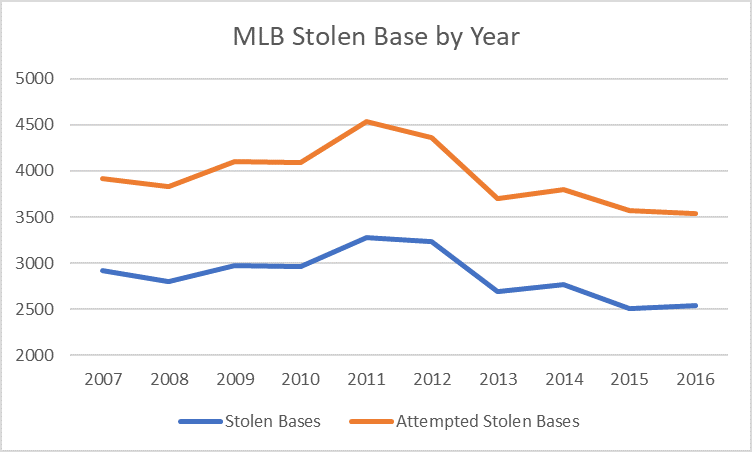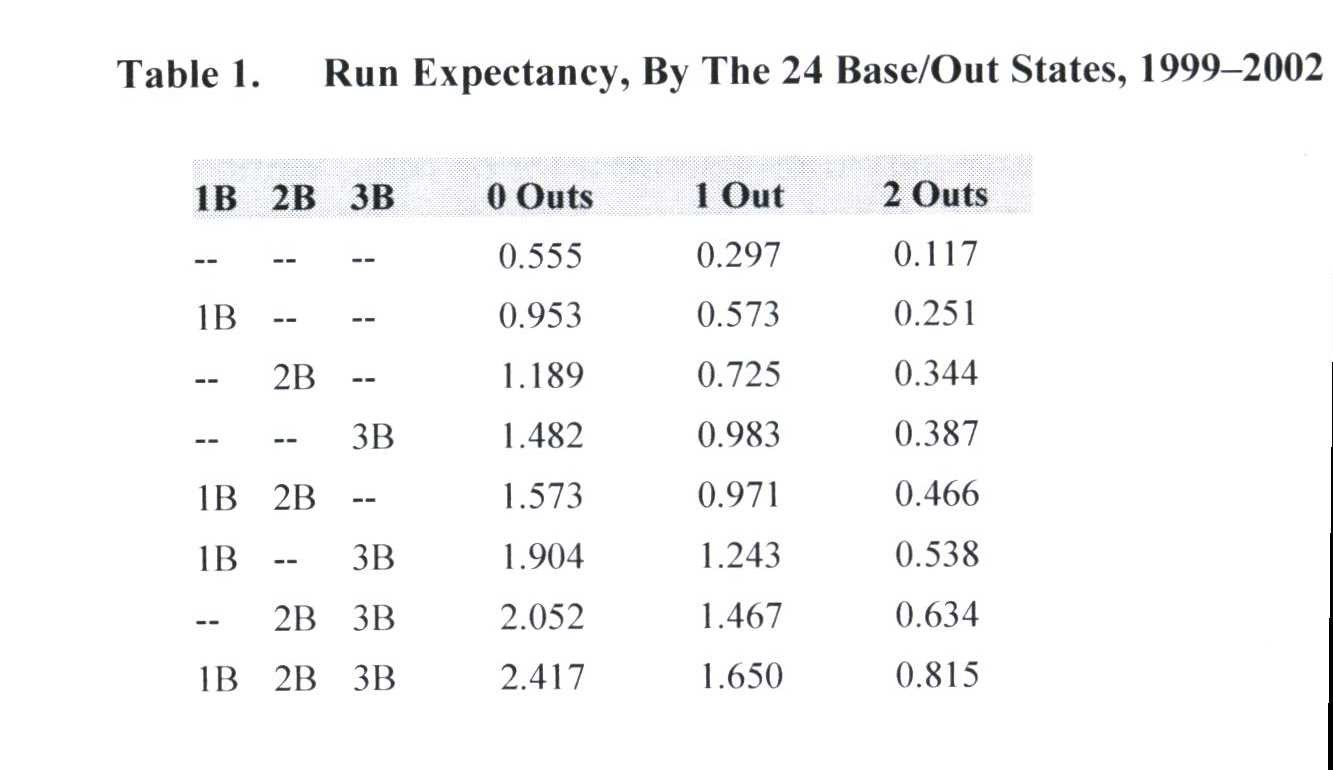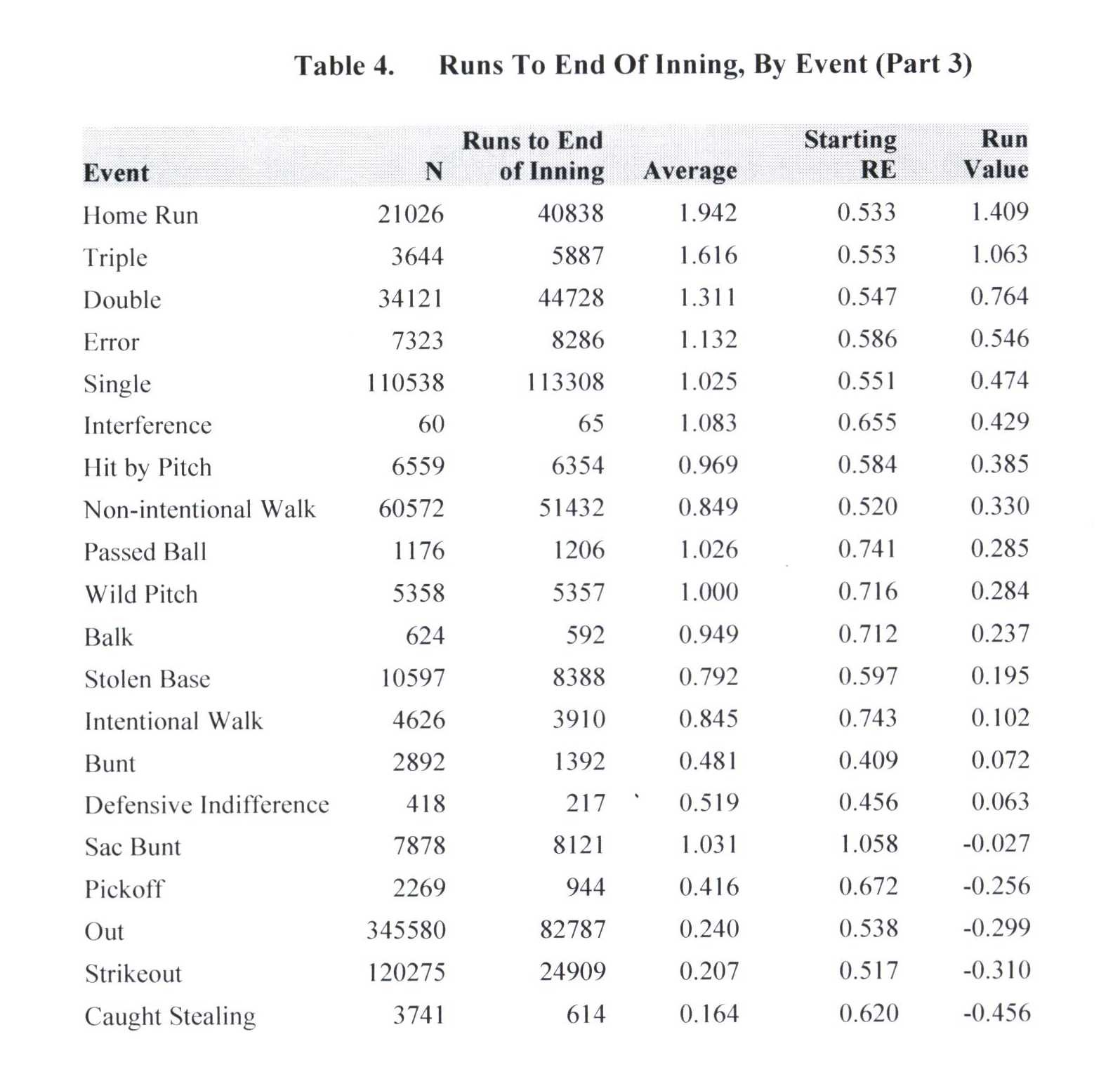Taco Bell may need to rethink its “Steal a Base, Steal a Taco” campaign for the World Series as Sabermetrics is encouraging more MLB managers to rethink their stolen base strategy. Throughout the history of baseball there have always been players that were almost a sure guarantee to record a stolen base attempt over the course of a game, barring their ability to get on base. Some of these players made their living in Major League Baseball by being exactly that. Although all-time stolen base leader Ricky Henderson was once an MVP, as he got into the latter years of his career his overall production at the plate was a shadow of what it once was. Despite this, he was given opportunities to play on almost any team around the league because they valued his legs. The same opportunities might not have been available to him today because the stolen base is not what it used to be 20-30 years ago. In fact, it isn’t even what it used to be 10 years ago. As Moneyball and the advancement of Sabermetrics has taken baseball by storm, more and more clubs have turned away from the stolen base because it hurts a team’s chance to score runs.
The decline in stolen bases and stolen base attempts has surely been gradual, but fluctuating in the recent past. The chart below shows the attempted stolen bases starting at 3920 in 2007, peaking at 4540 in 2011, and ending at 3538 in 2016. There will always be speedsters on the base paths that will lead both respective leagues in stolen bases as well as stolen base percentage (SB/SB+CS) at a significantly higher rate than the rest of league. However, aside from those few players, managers and statisticians will urge players not to attempt stealing bases. This trend is only expected to continue and prosper as the focus on Run Expectancy does as well.

Run Expectancy (RE) is one of the most useful tools you can find for predicting baseball, which is known to be one of the hardest tasks of all. The table below is an excerpt from The Book: Playing the Percentages in Baseball written by Tom Tango.It shows the average number of runs scored from a particular base/out state until the end of the inning. The base/out state that we will use is a runner on first with no outs. This is the most basic setting for a runner to steal a base, given that he is the only runner on base and there are no “restrictions” due to a number of outs.

The RE with a runner on first and no outs is 0.953 runs. Once that runner steals second successfully, the RE jumps to 1.189 runs, which is an increase of 0.236 runs. This sounds like a fantastic jump and one that should be taken advantage of, but the opposite outcome says otherwise. When that runner on first gets caught stealing second and makes the first out, the RE dives down to 0.297 runs, which is a difference of -0.656 runs. The risk of stealing bases is shown to be too great to advise runners to do so.
With that second piece of information it seems like an absolute disservice to the team to attempt to steal in such a situation. With only this one example, you might ask about all other situational stolen base attempts, which brings me to the next table below, also an excerpt from The Book: Playing the Percentages in Baseball by Tom Tango. This table shows each event possible by any player at any time. The “Average” column shows the average number of runs to score by the end of the inning after the event has occurred. The “Starting RE” column shows the average runs scored that inning before that event was to occur. The final column “Run Value” is the difference between the two. Further proving the inefficiency of the risk of stealing bases, the run value of a stolen base is only 0.195 and the run value of getting caught stealing is -0.456. Getting caught stealing is the worst outcome possible in terms of run value. Slowly but surely the stolen base is making its way out of the game of baseball, and according to the data, for good reason. It’s just not worth it.

Of course, the average baseball fan would say the stolen base and even the illusion of the possibility of stealing bases is still alive in the game today, but it is becoming more and more scarce as the years go by. The stolen base will always be part of baseball for as long as the game lives, no matter how large or how small, in its history and its future. Ask yourself where the Red Sox franchise would be if Dave Roberts never stole second base in Game 4 of the 2004 ALCS or even what Jackie Robinson’s most memorable play would be if he never stole home. The stolen base is ingrained in the sport, but how much longer will we see it be as important as it once was?
Works Cited
Baseball Reference. (2017, September 28). 2007-2016 MLB Team Statistics.
https://www.baseball-reference.com/leagues/MLB/2007.shtml
Tango, T. (2007) The Book: Playing the Percentages in Baseball. Washington, D.C.: Potomac Books.
 Written by: Rory Houston
Written by: Rory Houston
Rory Houston is a Junior at Saint Joseph's University double majoring in Business Intelligence and Analytics & Sports Marketing. He is a member of the Saint Joseph's University Track and Field team and looks to pursue a career in baseball.
